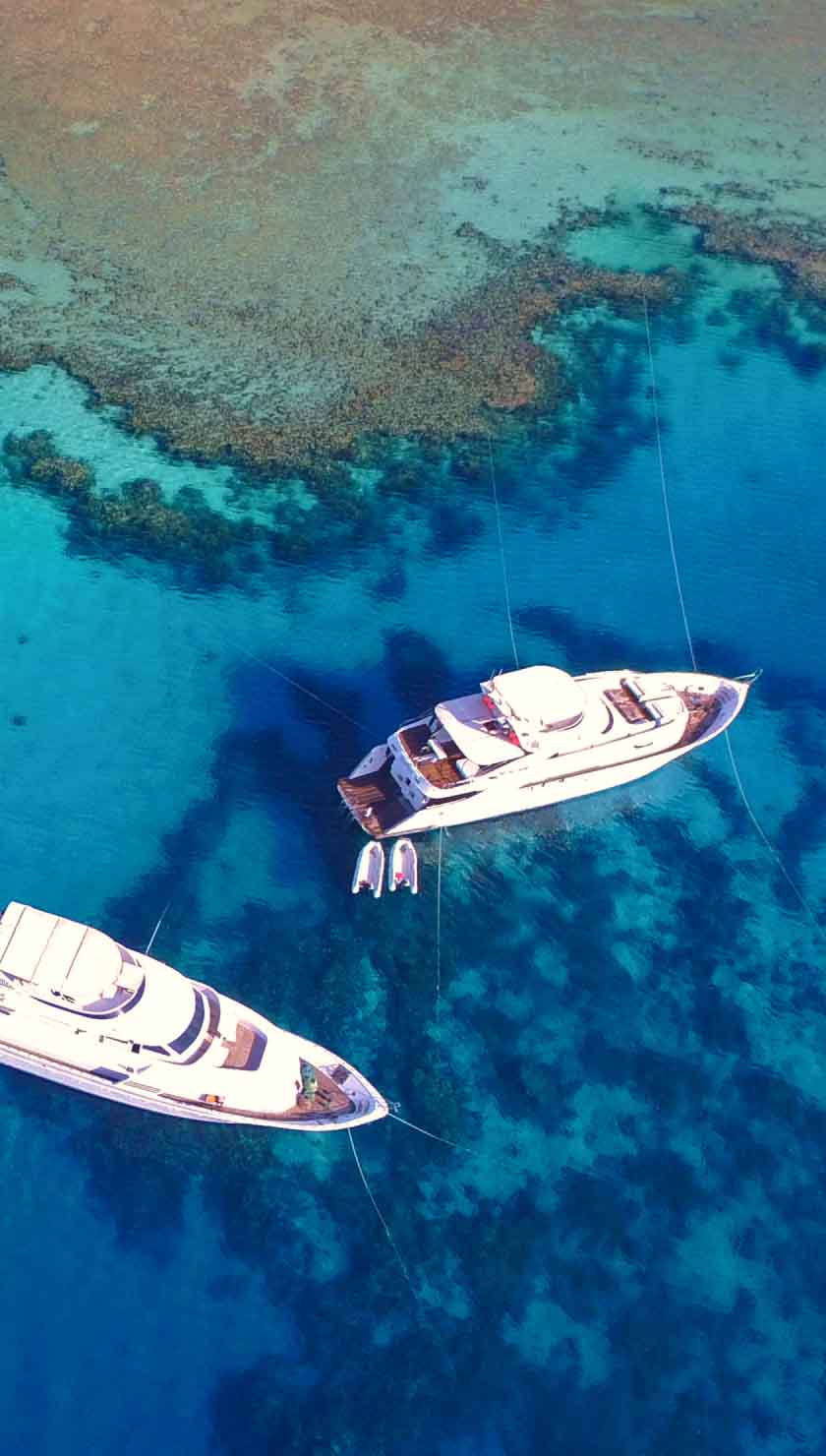Liveaboard Diving in Melchior Islands
Diving in the Melchior Islands
The Melchior Islands in Antarctica are a serene, remote chain of islands that provide an extraordinary setting for liveaboard diving. These islands offer divers the chance to explore crystal-clear icy waters, navigate through stunning ice formations, and dive among shipwrecks frozen in time. The isolation of the Melchior Islands means that diving here is an exclusive adventure, away from the more frequented Antarctic destinations. The water temperatures are consistently cold, requiring proper thermal protection, but the reward is unparalleled visibility and encounters with Antarctic marine life in their natural, undisturbed habitat. The Melchior Islands serve as an ideal destination for those looking to push the boundaries of traditional diving and experience the untouched beauty of Antarctica’s underwater world.
When is the Best Time to Dive in the Melchior Islands?
The optimal time for liveaboard diving in the Melchior Islands is during the Antarctic summer, from November to March. During these months, the ice begins to recede, granting divers access to the most spectacular dive sites. Daylight extends for up to 20 hours, providing ample opportunity to explore the underwater wonders. The weather is as mild as it gets in Antarctica, with temperatures ranging slightly above freezing, which, along with calmer seas, makes for the best diving conditions. Planning your dive during this window not only promises the best visibility and accessibility but also coincides with the peak of marine life activity in the region.
What Type of Diving Can Be Done in the Melchior Islands?
Diving in the Melchior Islands is characterized by its variety, offering everything from ice diving to exploring historical wrecks. The icebergs and glaciers create natural sculptures under the water, providing an ethereal backdrop for dives. Ice diving here allows for the exploration of these frozen landscapes from an underwater perspective, revealing the dynamic nature of Antarctica's icy realm. Wreck diving is also popular, with several ships and research vessels lying in the depths, preserved by the cold waters. The clear waters and the structure of the sea floor offer an ideal setting for underwater photography, capturing the surreal beauty of this polar environment.
What Marine Life Can Be Seen in the Melchior Islands?
The marine life in the Melchior Islands is as varied as it is fascinating. Divers can expect to encounter a wealth of Antarctic species, including Gentoo and Chinstrap penguins diving from ice floes, Leopard seals hunting in the shallows, and a variety of whales such as Humpback, Minke, and sometimes even Orca passing through the icy waters. The nutrient-rich waters also support a diverse array of macro life, such as sea stars, nudibranchs, and various crustaceans uniquely adapted to the cold. The visibility in these waters allows for incredible encounters with these creatures, offering an intimate glimpse into the biodiversity of Antarctica’s underwater ecosystem.
Top Dive Sites in the Melchior Islands
The Melchior Islands offer a selection of dive sites that are renowned for their beauty and unique features:
- Omega Island - Known for its spectacular ice diving opportunities, Omega Island provides divers with the chance to swim beneath the ice, exploring underwater ice formations and marine life.
- Dallmann Bay - Offers divers the chance to navigate through iceberg-filled waters and encounter a variety of marine mammals, including seals and whales.
- Port Lockroy - Though a bit further from the Melchior Islands, Port Lockroy is an essential dive site for those interested in historical dives, offering a chance to see submerged artifacts from Antarctica’s exploration era.
- Biscoe Islands - Another nearby group of islands offering stunning underwater landscapes and the possibility of encountering a wide range of Antarctic wildlife.
Each dive site around the Melchior Islands provides a unique perspective on the Antarctic underwater world, from icebergs and glaciers to wrecks and wildlife, making each dive an unforgettable experience.











